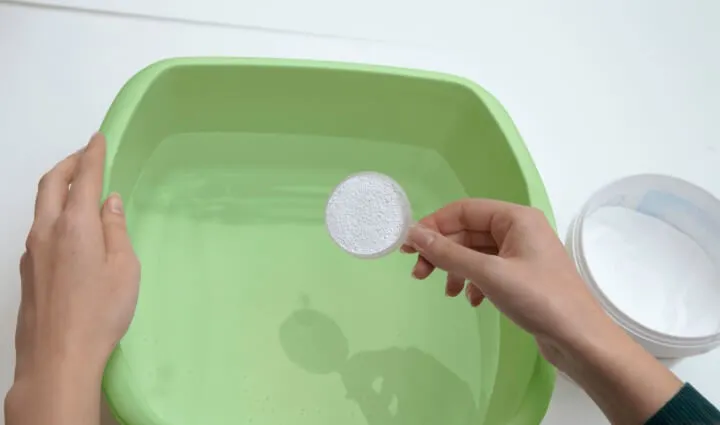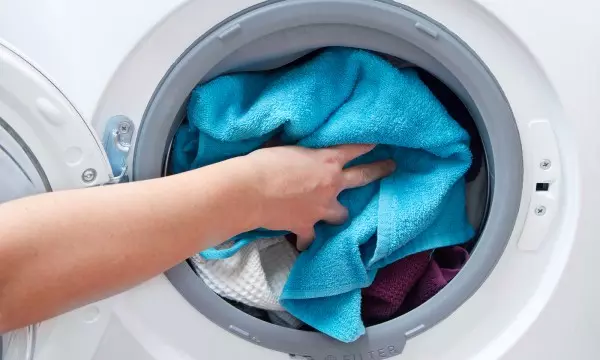Mixing different substances can sometimes have unexpected and dangerous consequences. In the case of combining Oxycodone, a powerful pain medication, with Bleach, a joint household cleaning agent, it’s crucial to understand the potential risks involved. While it may seem like an innocent experiment or a desperate attempt to achieve some desired effect, the reality is that this combination can lead to severe harm or even fatal outcomes.
What is Oxycodone?
Oxycodone is a powerful opioid medication that is commonly prescribed for the management of moderate to severe pain. It belongs to a class of drugs known as narcotic analgesics and works by binding to specific receptors in the brain, spinal cord, and other parts of the body. This medication is often used after surgery or for chronic conditions like cancer-related pain. It can be highly effective in providing relief but carries significant risks if not taken as directed. Oxycodone can cause drowsiness, respiratory depression, constipation, and even overdose when misused or combined with certain substances. It’s important to note that Oxycodone has a high potential for abuse and addiction due to its euphoric effects. Using it without a valid prescription or taking higher doses than prescribed can lead to dependence and, ultimately, substance use disorder. If you have been prescribed Oxycodone, following your healthcare provider’s instructions carefully is crucial. Never share this medication with others or attempt to mix it with other substances without consulting a medical professional.
What is Bleach?
Bleach is a powerful chemical compound used centuries to clean and disinfect various surfaces. Its main ingredient, sodium hypochlorite, allows it to remove stains, kill germs, and brighten fabrics. Bleach is usually clear or slightly yellow in its liquid form with a strong odor. It can be found in different strengths depending on its intended use – household bleach typically contains around 5% sodium hypochlorite, while industrial-strength Bleach can have concentrations up to 12%. Bleach works by breaking down molecules through oxidation. When it comes into contact with organic matter like dirt or bacteria, it releases oxygen atoms that attack the bonds holding these substances together. This reaction helps to break apart stains and kill harmful microorganisms. It’s important to note that Bleach should always be used with caution. Direct contact with the skin or eyes can cause irritation or burns. Mixing Bleach with certain chemicals can produce toxic fumes or even explosive reactions.
What Happens When You Mix Oxy and Bleach?
Mixing Oxy and Bleach can lead to some severe consequences. Oxycodone is a powerful opioid painkiller that is commonly prescribed for the relief of moderate to severe pain. It works by binding to receptors in the brain and blocking the transmission of pain signals. Conversely, Bleach is a strong disinfectant and cleaning agent that contains chemicals like sodium hypochlorite. When you mix Oxy and Bleach, chemical reactions can produce toxic gases such as chlorine. These gases can be extremely harmful if inhaled or exposed for an extended period. Inhaling chlorine gas can irritate the respiratory system, leading to coughing, shortness of breath, chest pain, and potentially more severe complications such as lung damage. In addition to the risks associated with inhaling toxic gases, mixing Oxy and Bleach can result in other dangerous reactions. For example, combining these substances could create explosive mixtures or release harmful fumes into your environment.
It’s important to remember that mixing any medication with household cleaning products is unsafe and unnecessary. If you have questions about how certain substances may interact or if you are experiencing adverse effects from mixing different substances accidentally or intentionally, seek immediate medical attention.
The Dangers of Mixing Oxy and Bleach
Mixing Oxycodone and Bleach can have severe consequences for your health. Combining these substances can lead to a dangerous chemical reaction that produces toxic gases. Inhaling these gases can cause severe respiratory problems, lung damage, and even death.
One of the main risks associated with mixing Oxy and Bleach is the release of chlorine gas. Chlorine gas is highly toxic and can irritate the respiratory system, eyes, throat, and skin. It can also lead to coughing, wheezing, chest pain, difficulty breathing, nausea, vomiting, and, in severe cases, pulmonary edema or fluid buildup in the lungs. Other toxic byproducts may be formed when Oxy is mixed with Bleach. These byproducts include chloroform and hydrochloric acid. Exposure to chloroform can result in dizziness, headache, nausea, liver damage, or failure if ingested or absorbed through the skin over time. Hydrochloric acid is corrosive and can cause burns on contact with the skin or eyes. It’s important to note that mixing Oxy with Bleach poses immediate dangers and long-term health risks. Prolonged exposure to these harmful chemicals may lead to chronic respiratory problems such as asthma or bronchitis. The combination of Oxy and Bleach should never be used as a cleaning solution for any purpose.




